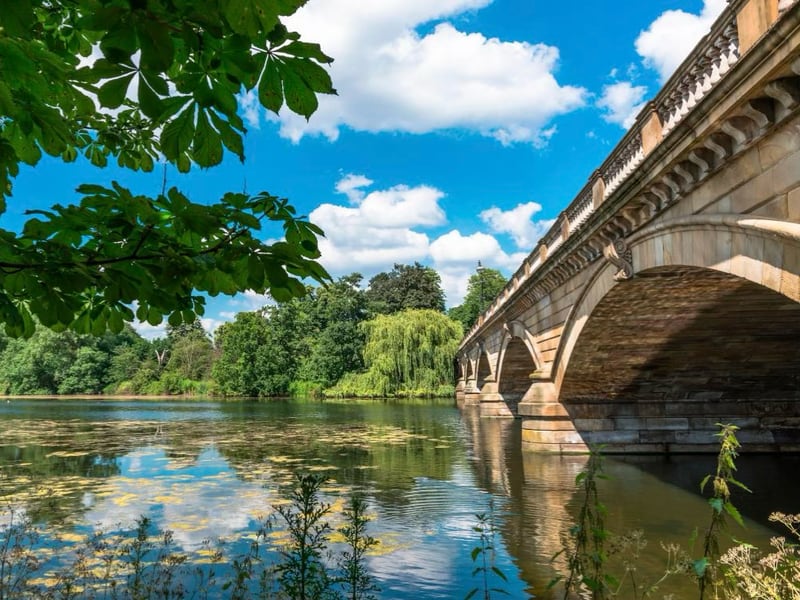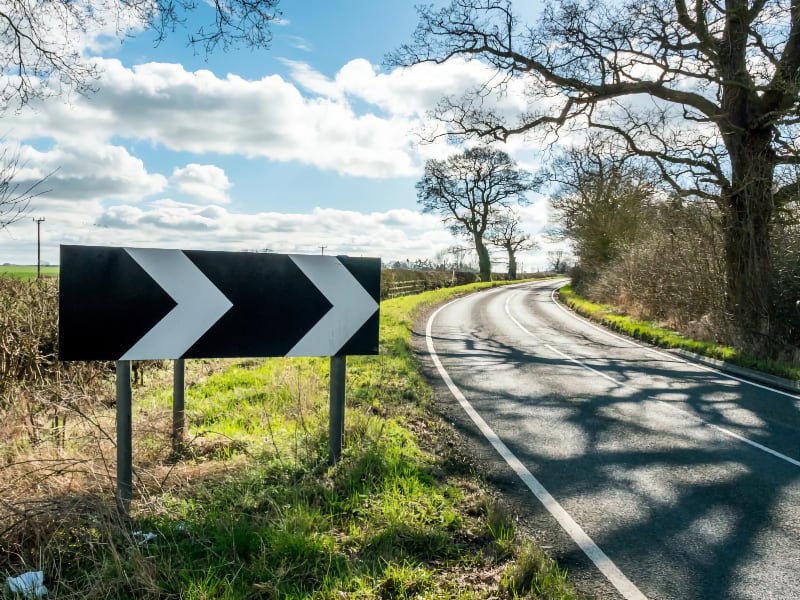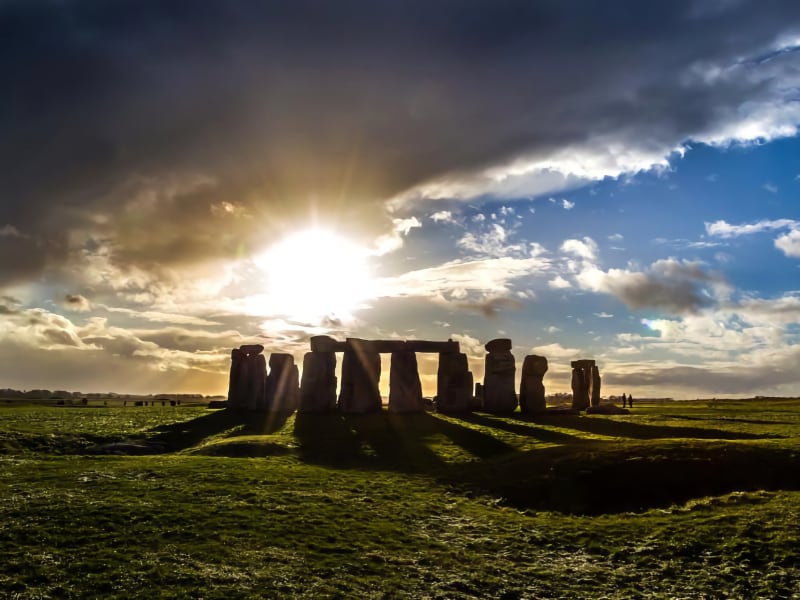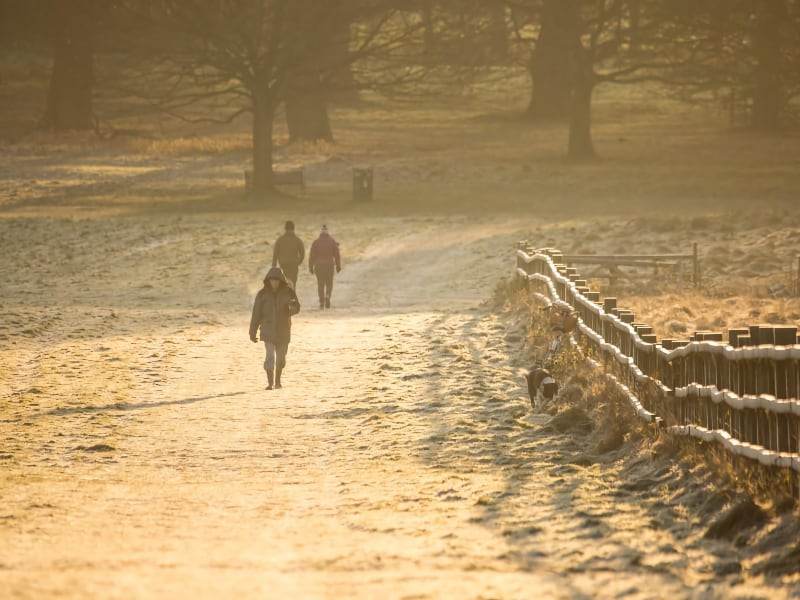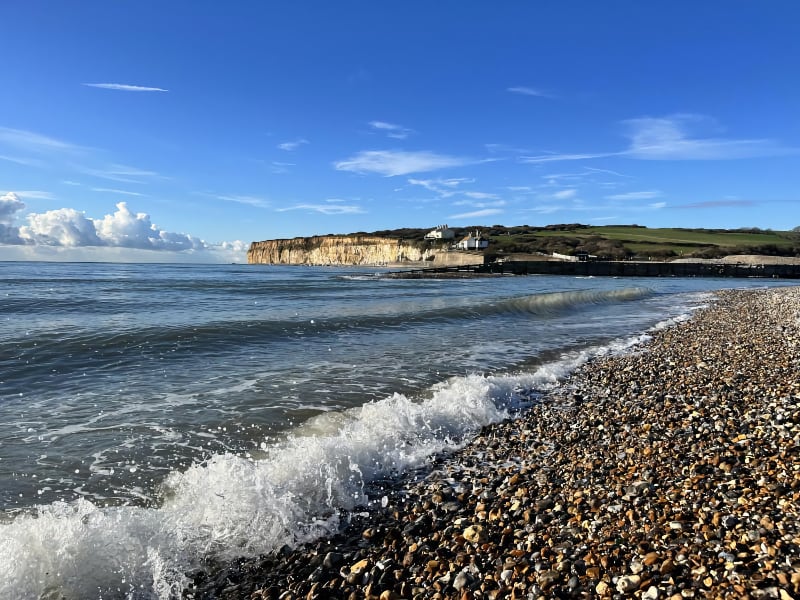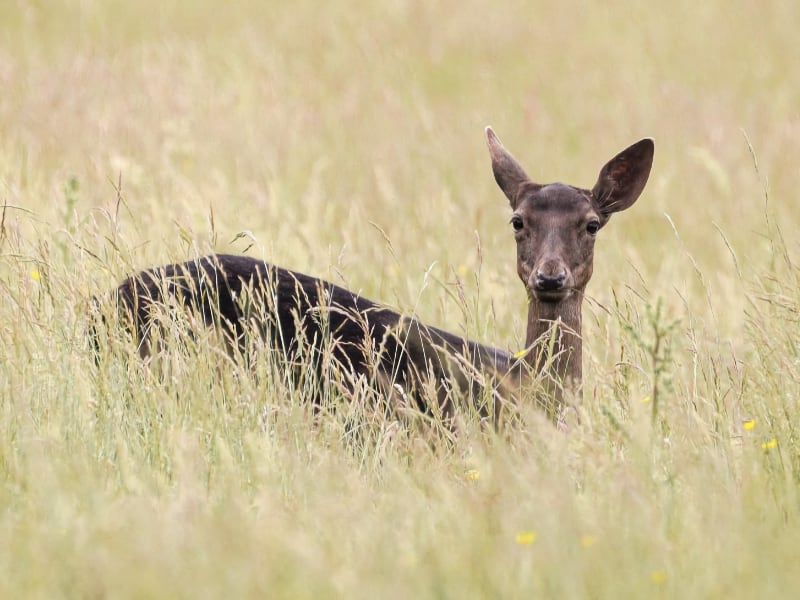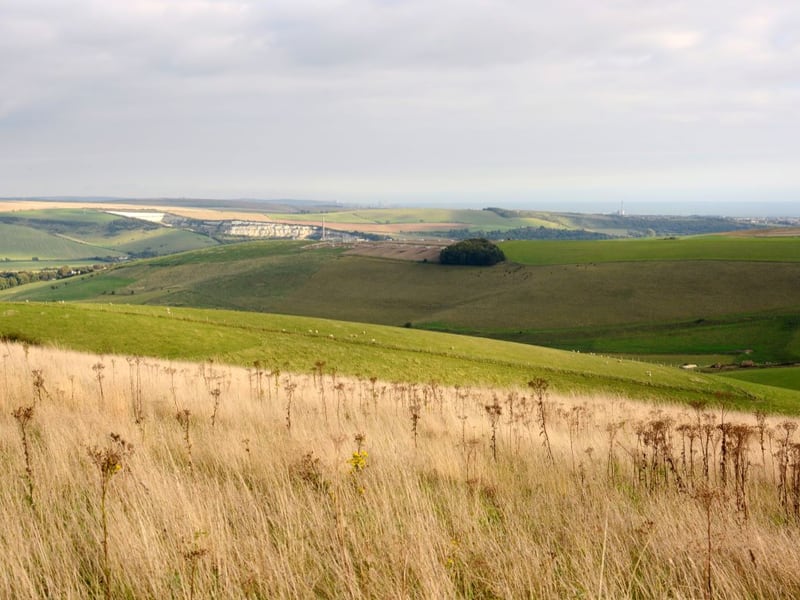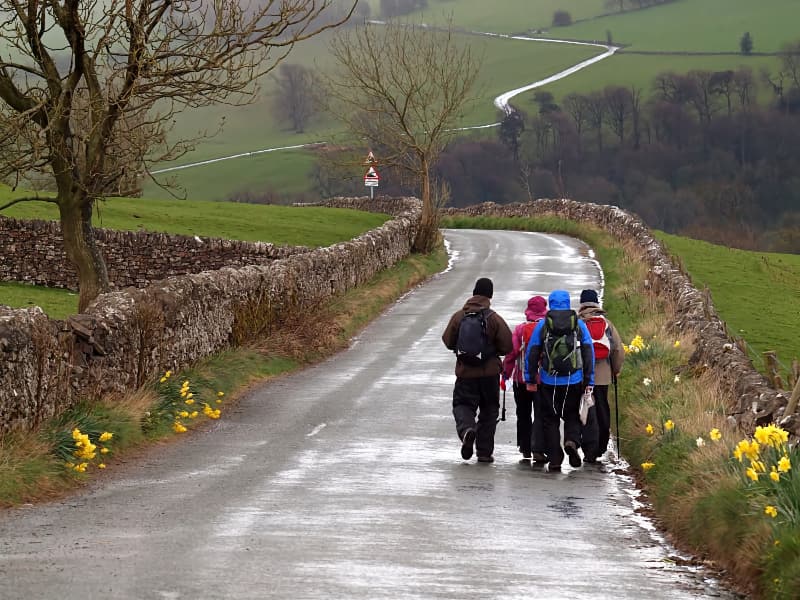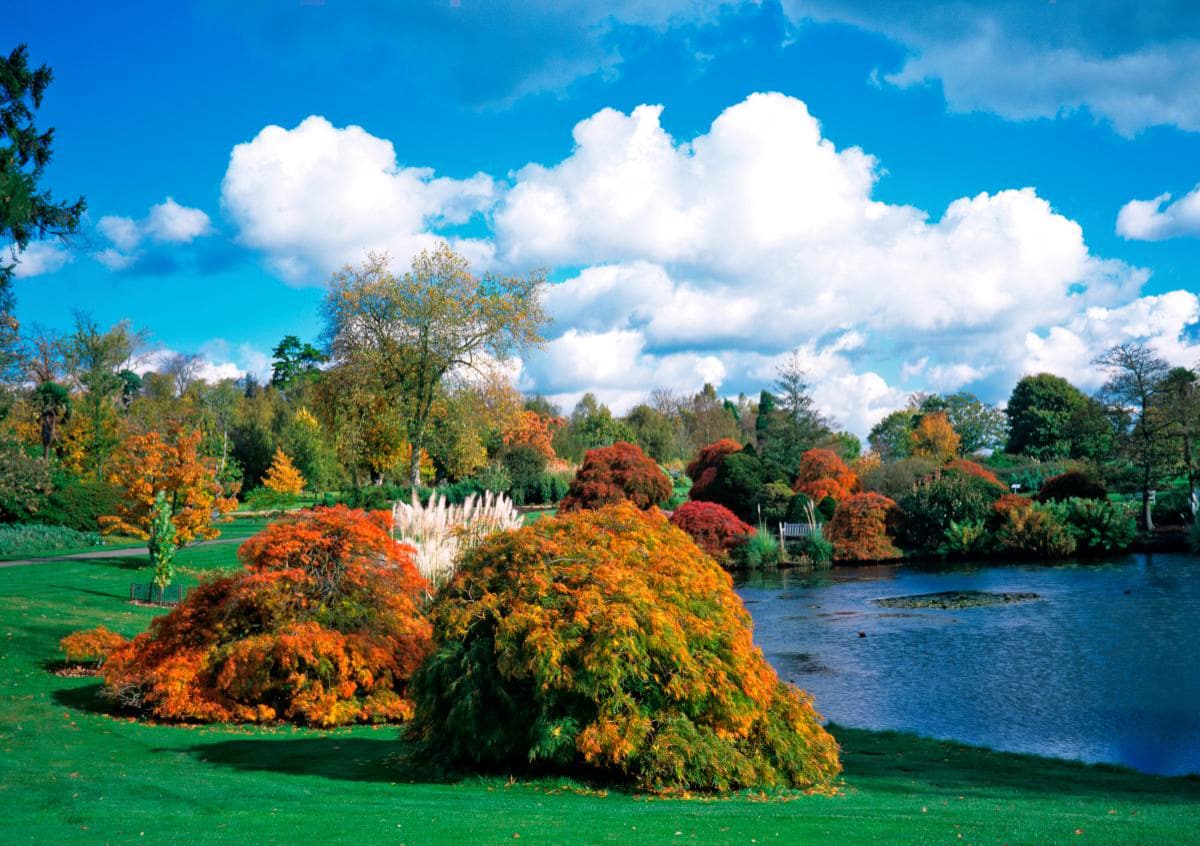
Hidden Gems of The UK · Walks
While the UK is renowned for its iconic landmarks, bustling cities and storied past, there exists a wealth of lesser-known destinations that beckon the most intrepid of travellers. Beyond the well-trodden tourist trails, a myriad of captivating cities await the discerning explorer – each with its own unique character, rich heritage and thrilling outdoor pursuits.
This guide aims to shine a light on some of the UK’s hidden gems, empowering adventurers to step out of their comfort zone, veer off the beaten path and uncover the country’s most alluring urban landscapes. From relaxing picnic spots to rugged trails, the UK offers something for every explorer.
Wakehurst, Haywards Heath
One of Sussex’s most understated attractions is Wakehurst, situated in West Sussex near Haywards Heath. Managed by the Royal Botanic Gardens, Kew’s beautiful botanical garden provides year-round colour and over 500 acres of ornamental gardens and woodlands to explore. It’s a quiet but fascinating area of the south to visit and a must for those who want to take their time and really soak in their surroundings. Whether you’re scrambling over the log trail, exploring the Millennium Seed Bank or relaxing in the sunshine, Wakehurst is a must-see destination if you find yourself in Sussex.
Gaping Gill Cave, North Yorkshire
The Yorkshire Dales are renowned for rolling meadows dotted with castles, abbeys and quaint villages. It’s a remarkable part of the UK, and one of its most breathtaking landmarks is the Gaping Gill Cave. Many may recognise the name, but fewer have actually visited, and it’s a great opportunity to see one of Yorkshire’s most beautiful spots. Public access to the cave is via a winch and only possible during certain periods of the year – from May to June, with the Bradford Pothole Club, and with the Craven Pothole Club in August.
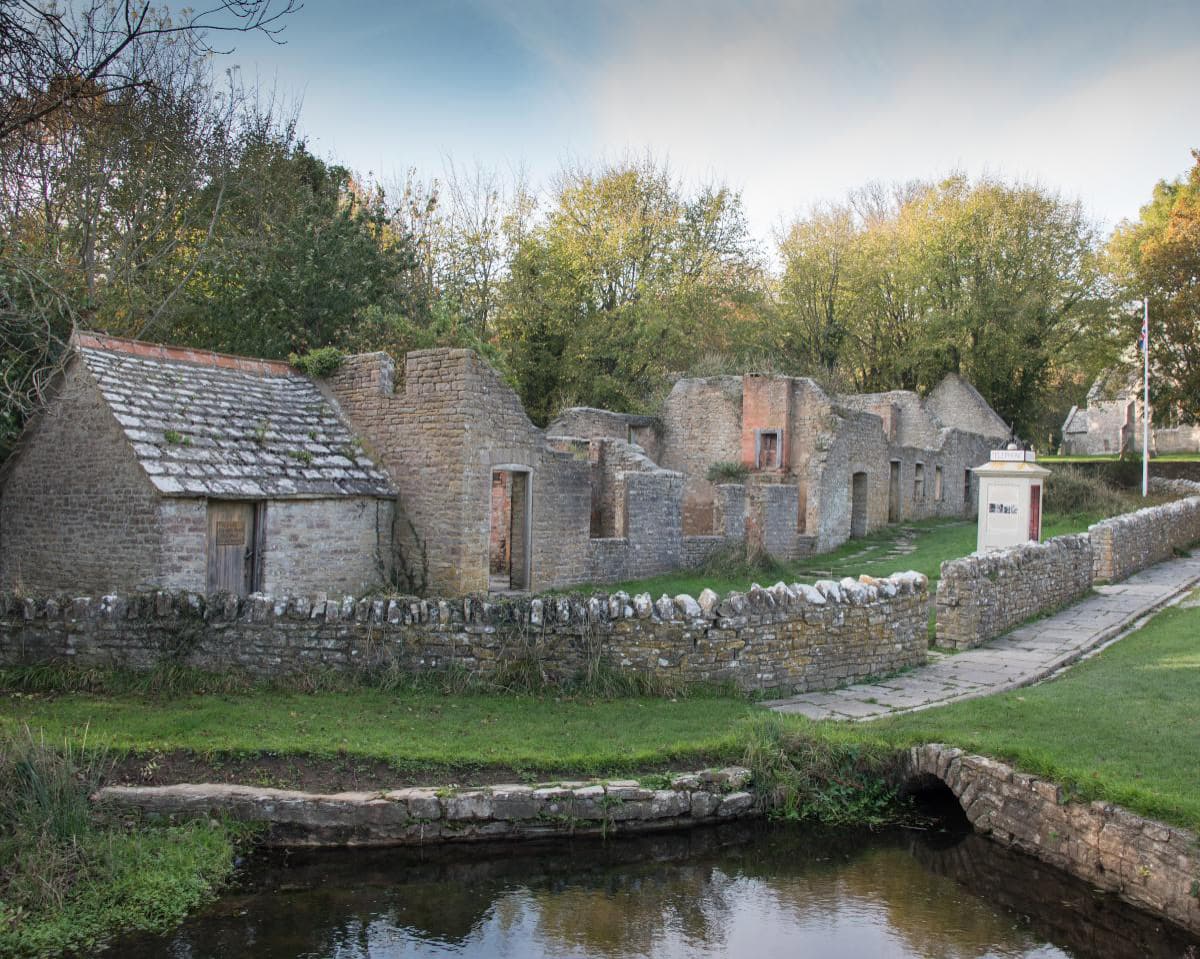
Tyneham Ghost Town
Often called Dorset’s ‘lost village’, Tyneham Ghost Town was inhabited from the Iron Age period until 1943 when it was evacuated during WWII. It was used by the Ministry of Defence as a firing range and as a result, the residents were never allowed to return. The village and its footpaths are open to the public on the weekends, and for longer periods in the summer months, offering an unusually deserted, even eerie, location to explore. Visit the restored outbuildings or enjoy a picnic and soak up the history of this uniquely desolate village.
Carn Euny, Cornwall
Managed by English Heritage, there’s a sense that you’ve stumbled on a secret discovery when you arrive at Carn Euny. To arrive here, you simply follow an easy walk from Chapel Carn Brea and over Tredinney Common, past a natural well that marks the site of the St Euny’s Chapel. It’s a beautifully remote and peaceful space where you can enjoy a picnic or simply enjoy the views with a drink, surrounded by wildflowers – a must if you’re heading to Cornwall.
Yoesden Nature Reserve, High Wycombe
Just north of High Wycombe, adventurers will find themselves at Yoesden which looks much the same as it did back in mediaeval times. Descending from ‘beech hanger’ woods, this chalk grassland is where rarer flora and fauna thrive. In late June, the landscape transforms into a vibrant palette of pink and purple hues, adorned by fragrant chalk orchids in various shapes and sizes, including pyramidal and common spotted varieties. By August, shades of blue dominate the scene, with devil’s bit scabious, nettle-leaved bellflower, and numerous Chiltern gentians enticing butterflies. The site welcomes visitors daily, with free admission for all.
Cotswold Line Cycle Route
The Cotswolds offers serene, narrow lanes ideal for leisurely bike rides. Spanning 120km, the Cotswold Line Cycle Route (NCN Route 442) mirrors the Cotswold Line railway from Oxford to Worcester, allowing cyclists to choose their distance and conveniently catch a train back. Along the way, cyclists can enjoy picturesque stone villages like Kingham and Charlbury in the Oxfordshire Cotswolds, or the bustling market town of Moreton-in-Marsh, all conveniently located near train stations.
Shell Grotto, Margate
Beneath a residential street in Margate lie underground tunnels adorned with 4.6 million shells, forming intricate patterns that have puzzled observers since their discovery in 1835. Despite extensive exploration, the purpose of these subterranean passages remains a mystery. The tunnels boast a mesmerising mosaic of suns, stars and geometric designs, with a skylight suggesting advanced architectural foresight. The underground attraction is sheltered from weather fluctuations, but it’s advisable to avoid weekends and school holidays due to limited space within the Grotto.
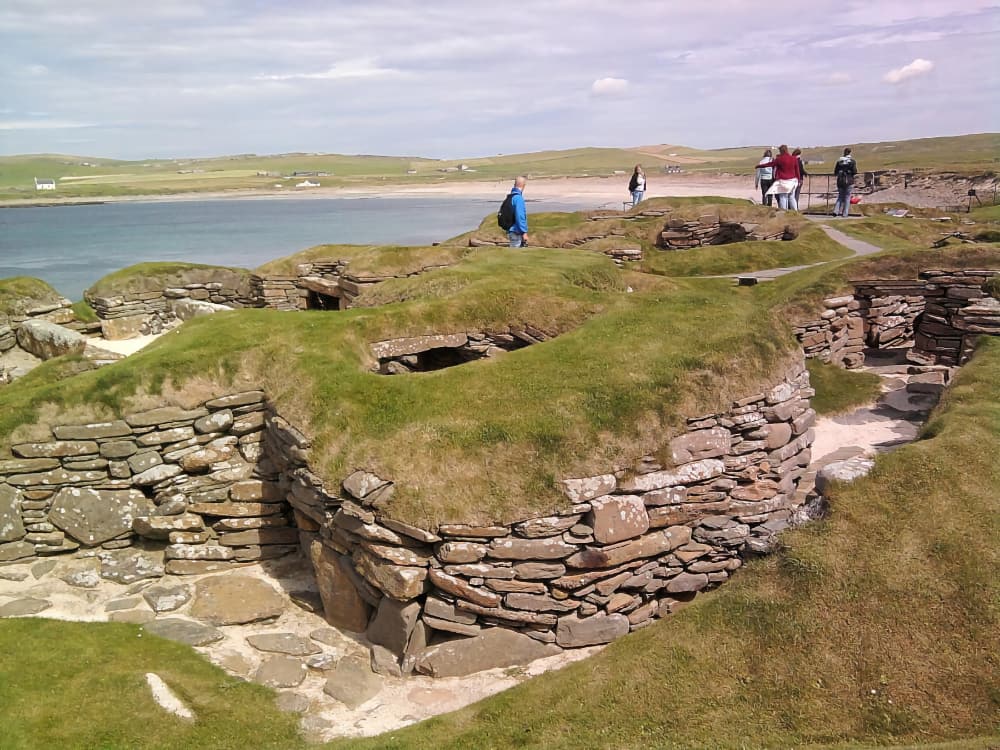
Orkney’s Stone Age sites, Rousay Island
While Skara Brae draws crowds, just north lies the island of Rousay, quietly harbouring over 100 archaeological sites, making it a concentrated hub of ancient monuments comparable to any in northern Europe. At the forefront stands the Westness coastline, hailed as Scotland’s most significant archaeological stretch. Nearby, perched above rugged ledges relentlessly pounded by waves, stands Midhowe Broch, a prime example of Scotland’s well-preserved Iron Age structures.
Chee Dale, Derbyshire
A charming riverside walk through the Peak District will bring you to the picturesque Chee Dale which boasts the same dramatic beauty as Dovedale but remains relatively undiscovered by tourists. Beginning at Miller’s Dale car park, the route follows the meandering path of the River Wye towards Blackwell Mill, before looping back along the scenic Monsal Trail. The journey offers limestone cliffs standing sentinel over the water below, towering viaducts which cast their shadows overhead and wooden boardwalks, leading through vibrant wetlands adorned with a tapestry of wildflowers.
The allure of the UK’s hidden urban gems lies in their ability to captivate the senses and nurture the spirit of adventure. By venturing beyond the well-trodden paths, explorers are rewarded with a deeper understanding of the UK’s diverse cultures, a newfound appreciation for its architectural and artistic treasures, and the thrill of uncovering unexpected pockets of wonder. So, pack your sense of curiosity, lace up your hiking boots, and prepare to discover the UK’s most captivating urban oases.




